Art Toronto, Canada
October 28-31, 2016
Fazakas Gallery, Booth # C83
VICTORIA, BC (October 07, 2016) I’m pleased to announce my artwork will be featured by Fazakas Gallery at Art Toronto 2016, Canada’s only international fair for modern and contemporary art.
Fazakas Gallery’s theme Mask will feature works by five contemporary, multidisciplinary artists including, Beau Dick (Kwakwaka’wakw), Carlos Colín, Carollyne Yardley, Mark Preston (Tlingit), and Jeneen Frei Njootli (Vuntut Gwitchin).
Collaboration mask by Rande Cook and Carollyne Yardley also featured.
Press Release: fazakas-gallery-art-toronto-2016
Online preview via Artsy
The Matrix (Rande Cook Regalia Back View).
Pigment prints, Moab Fine Cotton Velvet Paper, 24″ x 36″ Ed of 3
My artworks for Art Toronto 2016 include elements of Squirrealism, a self-coined term used to describe my signature style of fine artwork employing squirrels, hybrid humans, and masks. They include four oil paintings, one photograph, one digital composite, and a collaborative mask, and all reflect my interest in metamorphosis, identity, and the animation of the human existence. The collaborative mask is a hand carved and painted cedar mask created through my partnership with Chief Rande Cook (K’alapa). The![]() mask is a “portrait” of Cook and carries its own narrative, telling a story about visually animated histories and experiences through space and time. (See below).
mask is a “portrait” of Cook and carries its own narrative, telling a story about visually animated histories and experiences through space and time. (See below).
The Matrix (Rande Cook regalia back view) and The Matrix: Raven Remix were created through my first invitation to collaborate with Rande Cook for a two person show Ravenous (2014). The exhibition combined the Indigenous story of trickster Raven, with the pop culture Archie McPhee squirrel mask. I drew inspiration from Cooks’s traditional Kwakwaka’wakw First Nation iconography seen on his traditional Chiefs regalia, a magnificent three piece button cape, tunic and apron, with leggings. Cook designed his regalia in 2006, and its spectacular design sews together red and green wool fabric, with brown suede trim. All three pieces are emblazoned with hundreds of small and medium sized abalone buttons, some of which are sewn onto the front of the apron and the leggings into the image of the Kwanusila/Thunderbird, one of Cook’s ancient ancestors.
The back of Cook’s regalia has different motifs on it than the front. There are four columns and four rows of abalone buttons sewn in evenly spaced circles. Within each circle there are five interspacing circles with alternating colours of red and green wool fabric, another circle of small abalone buttons and the centre of each circle contains a large abalone button. According to Cook, each circle is meant to represents the cosmic universe or “worlds.” I think of them as time as a circle, and endless renewal. It was these evenly spaced, perfect circles that fascinated me. It was during the photo shoot for The Matrix that I first saw the back of the Cook’s cape, draped around his shoulders. I was immediately struck by the vibrations emanating from each of the circle motifs. My first thought was how they reminded me of concentrically mounted speakers for playing music, which is interesting impression because Cook wears his regalia during dramatic northwest potlatches and ceremonies involving music, singing and dancing.
During our first collaborative discussions, Cook suggested the idea of creating a dress or garment that would eventually be sewn together from material, and become part of a future exhibition. In response to that idea, I created a digital composite dress using The Matrix photograph (back of Cook’s regalia), as the basis for the dress. I began cutting pieces of the .jpg image in Photoshop C3 (an old version of photo editing software by today’s standards), and pasting into a new blank .psd file. I licensed a stock image of a person to use as the basis of the arms and legs. Creating almost a hundred layers, and pushing the limits of the blend, burn, dodge, and blur tools, I created a dress using the circulate cosmic motifs, and dark green wool fabric. The regalia leggings with the Kwanusila/Thunderbirdand motif, and blue suede shoes are Cook’s own legs/feet. For the Raven head, I cut and paste it from a photograph of the carved red cedar Raven from Cook’s Raven Box which was featured at the Art Gallery of Greater Victoria’s Urban Thunderbirds, Ravens in a Material World (2013).
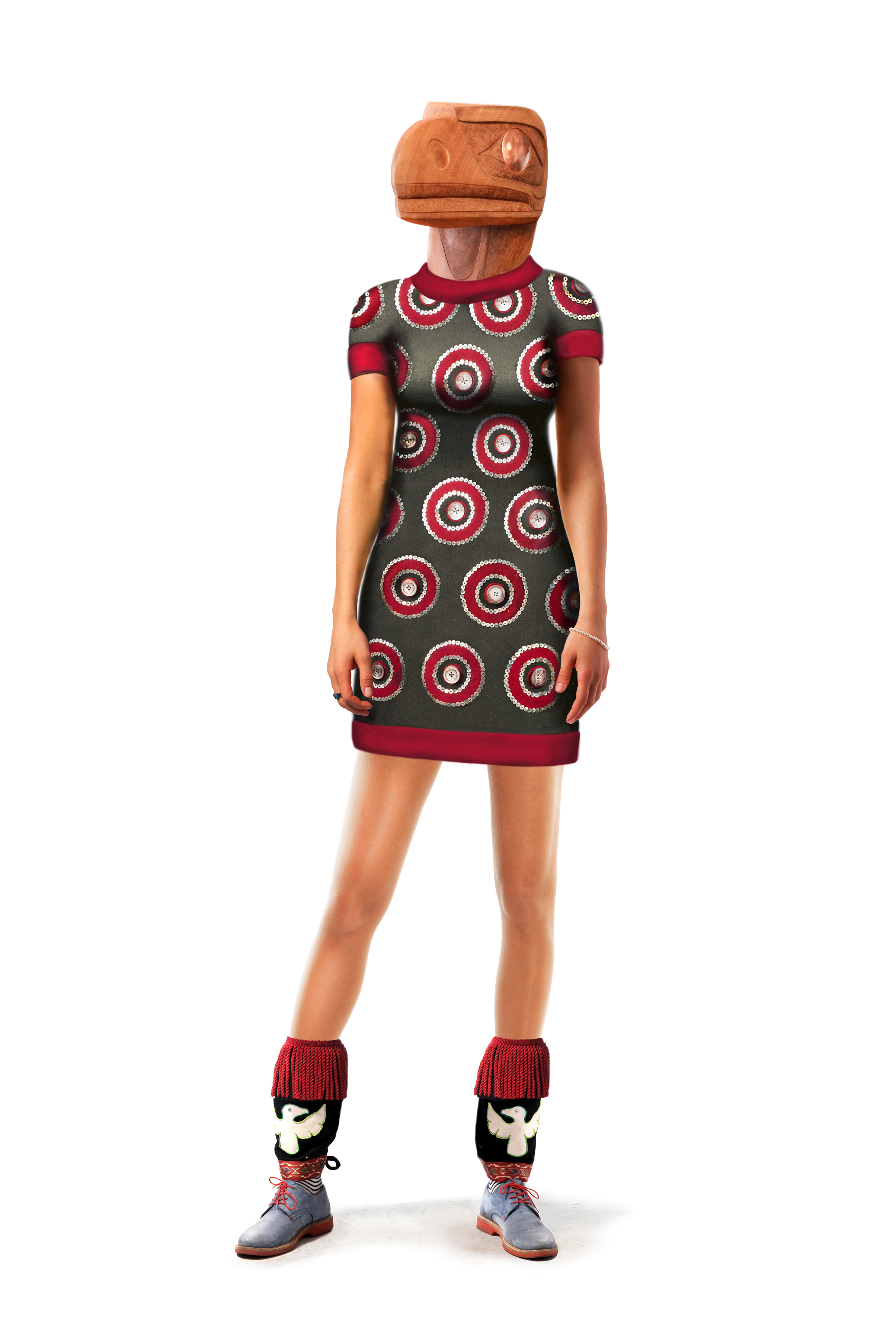
The Matrix: Raven Remix
– Digital Composite: Dress re-imagined. Inspired from Rande Cook Regalia Cape (back view).
– Moab Fine Art Cotton Velvet Paper, Ed. of 3, 24″ x 36″
Squirrels in the Cosmos #1 #2 #3 These oil paintings were informed by The Matrix (Rande Cook regalia back view) and The Matrix: Raven Remix. Inspired by the colour scheme and alternating colours of red, green and white (to replicate the abalone buttons), the squirrels appear to be vibrating and radiating outward toward the viewer as if they are manifesting through the cosmos or “worlds.” The fuzzy squirrel face of the animal or the Archie McPhee Squirrel mask are painted at the centre of the tondo wood panels. These three paintings of squirrel faces and masks symbolize how squirrels have pervaded my life over the last eight years, vibrating through space and time, endlessly regenerating out through the cosmos, and materializing on my front lawn and in my artwork.
Still Life Squirrel Mask was created for different series of works about vibrations and the cosmos (Hunt of the Unicorn and The Holy Spirit Wears a Dove Mask not displayed at Art Toronto 2016), but it tied in perfectly with the Archie McPhee mask seen in The Matrix, and Squirrels in the Cosmos #3 and folded into the overarching theme of the cosmos and masks. This oil painting is influenced by reinterpreting the Renaissance fondness for painting squirrels as pets and in still life imagery. It is also a visual metaphor using the contemporary Archie McPhee squirrel mask as a device to enter or emerge from a meditative space.
![]() / Collaboration
/ Collaboration
Rande Cook and Carollyne Yardley
Cedar, acrylic, oil, human hair, silver
9.5” x 6” x 4.5”
2016
Text for mask by Andrea N. Walsh, PhD
![]() is a hand carved and painted cedar mask created through the dynamic partnership of Rande Cook and Carollyne Yardley. It will be featured at Art Toronto 2016 by Fazakas Gallery, Vancouver, BC. The mask builds on these artists’ history of creative fusion they initiated in their two-person exhibition Ravenous (2014). For this show Yardley drew inspiration from Cook’s masterful use of traditional Kwakwaka’wakw First Nation iconography seen on northwest coast potlatch regalia, and Cook drew inspiration from Yardley’s deep exploration of metamorphosis and identity through her richly detailed neo-classical inspired paintings of hybrid human/animal beings. As storytellers in their own practices, their collaborations reveal the deep interconnectedness of world cultures that quickly eschew critiques of appropriation. Rather, their works challenge us to propose and respond to big picture questions that ask how humans have visually animated their histories and experiences to each other through time and space.
is a hand carved and painted cedar mask created through the dynamic partnership of Rande Cook and Carollyne Yardley. It will be featured at Art Toronto 2016 by Fazakas Gallery, Vancouver, BC. The mask builds on these artists’ history of creative fusion they initiated in their two-person exhibition Ravenous (2014). For this show Yardley drew inspiration from Cook’s masterful use of traditional Kwakwaka’wakw First Nation iconography seen on northwest coast potlatch regalia, and Cook drew inspiration from Yardley’s deep exploration of metamorphosis and identity through her richly detailed neo-classical inspired paintings of hybrid human/animal beings. As storytellers in their own practices, their collaborations reveal the deep interconnectedness of world cultures that quickly eschew critiques of appropriation. Rather, their works challenge us to propose and respond to big picture questions that ask how humans have visually animated their histories and experiences to each other through time and space.
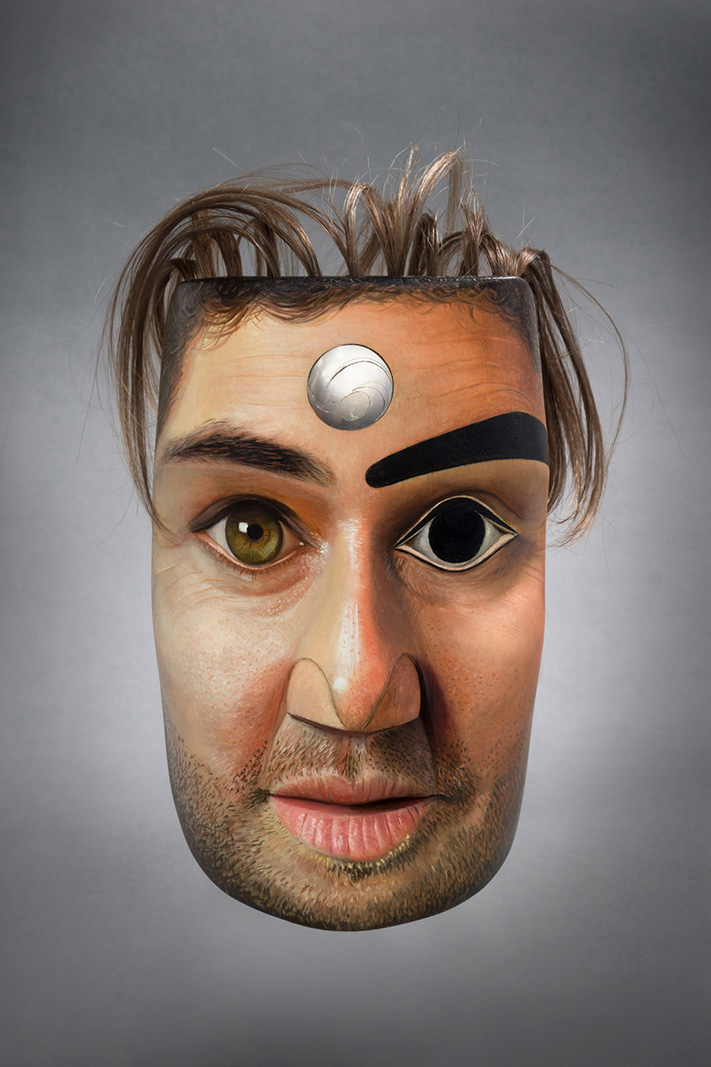
![]() Rande Cook and Carollyne Yardley, Cedar, acrylic, oil, human hair, silver, 9.5” x 6” x 4.5″ Photo credit: Terry Zlot
Rande Cook and Carollyne Yardley, Cedar, acrylic, oil, human hair, silver, 9.5” x 6” x 4.5″ Photo credit: Terry Zlot
Prior to the government of Canada’s implementation of the Potlatch Law in 1880 (a section of the Indian Act that prohibited by law the practice of the potlatch on the northwest coast and the sun dance on the plains, repealed in 1951), trade and commerce between native and non-native communities thrived. Such exchanges proved highly influential and supportive of artistic and cultural production. The legacy of Canada’s colonial policies and legislation enforced over the 20th century obstructed the potential of such early beginnings. Today, in an era of reconciliation, art has once again become a node through which native and non-native engagement is flourishing through agendas of healing, understanding and respect. The ![]() mask is an aesthetic response to this cultural resurgence in Canada.
mask is an aesthetic response to this cultural resurgence in Canada.
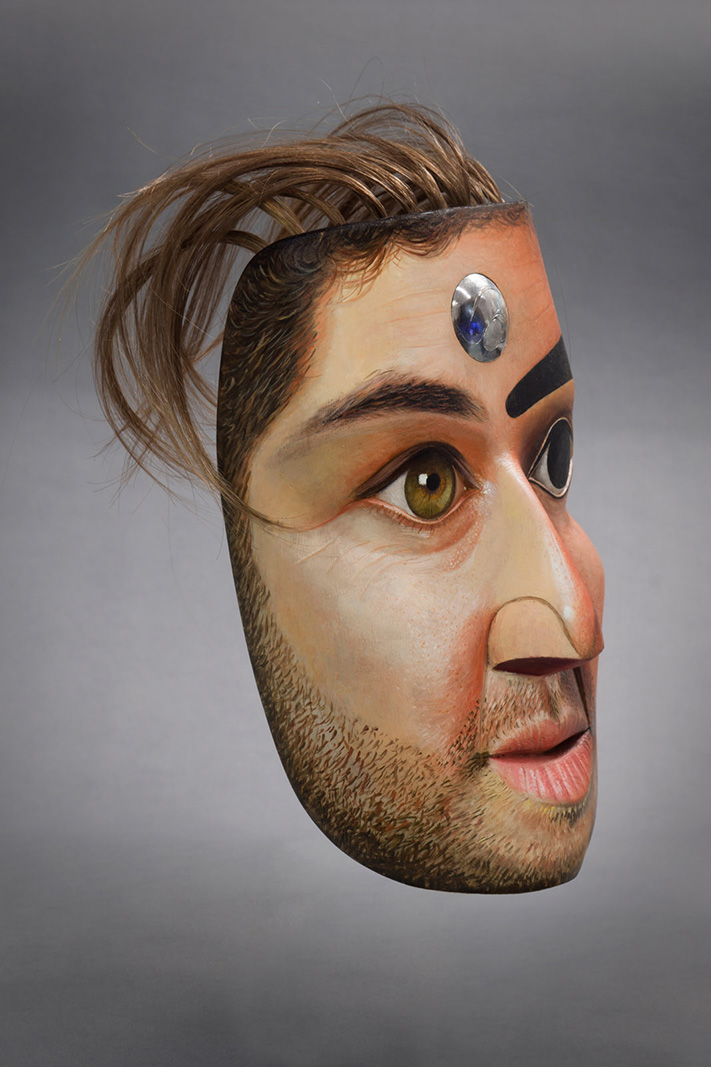
![]() (left view) Rande Cook and Carollyne Yardley, Cedar, acrylic, oil, human hair, silver, 9.5” x 6” x 4.5” Photo credit: Terry Zlot
(left view) Rande Cook and Carollyne Yardley, Cedar, acrylic, oil, human hair, silver, 9.5” x 6” x 4.5” Photo credit: Terry Zlot
Since time immemorial humans have created masks that they activate through cultural performances in front of an audience. In many examples masks carry sacred knowledge, but in others they tell stories of epic and everyday histories. When Europeans arrived on the shores of the northwest coast Indigenous artists responded to these faces by creating “portrait” masks. They often differed from traditional masks because they did not carry the iconic formline design through painted features or cuts into the wood. Rather, they presented smoothed wood surfaces and were painted with less stylized facial features. At times they were pale in colour and they included animal fur facial hair and period styled mustaches and beards. Masks physically bore resemblance to their referents: explorers, sailors, and missionaries. The mask carved by Cook echoes this history of northwest coast portraiture, yet in the hands of Yardley, the unmarked mask was a tabula rasa. Her response was to layer paint onto the wood surface using her own techniques of portraiture for which the original artist, Cook, would become the referent.
Working from a photograph of Cook that employed Rembrandt lighting (a technique used in studio photography to highlight one side of the face) Yardley’s detailed brush strokes on the mask record her acute observations of light and shadow, colour and tonality, and texture of Cook’s real face. Yet her painting doesn’t obfuscate the Indigenous origin of the piece. As if in a material dialogue, the artists passed the mask back and forth throughout its creation. This process allowed for Cook’s painting of the eyebrow and pupil onto the right side of the mask, and his addition of real hair to compliment Yardley’s brush strokes. An engraved piece of silver that displays a claw of the Thunderbird sits in the middle of the mask’s forehead. Cook’s family origin stories come from this majestic bird and it is a constant source of inspiration in his own work. Yet, this small piece of silver is perhaps the strongest symbol of the conceptual underpinning of the engagement between Yardley and Cook. The shape of the silver engraving references the silver and gold coins that were exchanged as part of an emerging economy between native and non-native peoples on the coast. Such monetary wealth based on exchange of goods and ideas spurred on unprecedented cultural production of traditional Indigenous art through trade and ceremony. It also provided context for new forms of art to emerge such as jewelry made from pounded coins.
The ![]() mask is an exquisite example of artistic innovation through cross-cultural exchange. Cook and Yardley share a passion for celebrating new ideas, works, and concepts about art. In a final act of entanglement, Cook and Yardley reverse the performative qualities inherent in the mask/audience relationship. Installed in the gallery, the mask is still/static, and it is the viewer who moves her body to activate the mask. Walking around the mask one sees the piece through three lenses of transformation: an Indigenous representation of figural form, a wholistic face of two worlds, and a painted representation of the photographic record; all of these perspectives are to be celebrated.
mask is an exquisite example of artistic innovation through cross-cultural exchange. Cook and Yardley share a passion for celebrating new ideas, works, and concepts about art. In a final act of entanglement, Cook and Yardley reverse the performative qualities inherent in the mask/audience relationship. Installed in the gallery, the mask is still/static, and it is the viewer who moves her body to activate the mask. Walking around the mask one sees the piece through three lenses of transformation: an Indigenous representation of figural form, a wholistic face of two worlds, and a painted representation of the photographic record; all of these perspectives are to be celebrated.
An in depth exploration of Yardley and Cook’s cross cultural exchanges through masking traditions will be further explored in their upcoming 2 person exhibition titled Shapeshifting at the Fazakas Gallery in April of 2017.
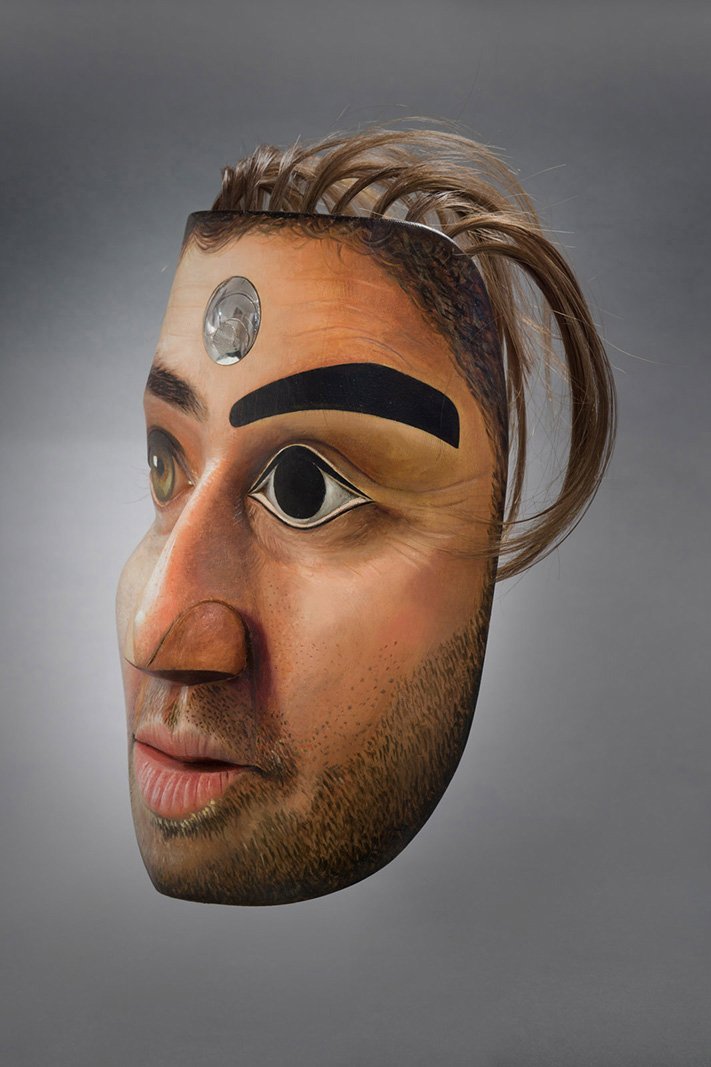
![]() (rightview) Rande Cook and Carollyne Yardley?Cedar, acrylic, oil, human hair, silver? 9.5” x 6” x 4.5” Photo credit: Terry Zlot
(rightview) Rande Cook and Carollyne Yardley?Cedar, acrylic, oil, human hair, silver? 9.5” x 6” x 4.5” Photo credit: Terry Zlot
RANDE COOK BIOGRAPHY
www.randecook.com
Chief Rande Cook (Kwakwaka’wakw) holds the 2016 Audain Professorship of Contemporary Art Practice of the Pacific Northwest. Rande is a multimedia artist who was born in culture-rich Alert Bay surrounded by the beauty of land and art. He found the passion of artistic creativity at an early age. With the strong teachings of his grandparents Cook learned the values of life and culture that prepared him for his Chieftainship.
Traveling the world has given this small-town boy a broader perspective and, coupled with his strong roots, bolstered his desire artistically to push the boundaries of traditional works — as evidenced recently during the popular exhibition, Ravens in a Material World, at the Art Gallery of Greater Victoria.
While growing up, Cook observed and discussed the traditional art forms of his Kwakwaka’wakw forefathers with his grandfather. He was especially drawn to the ceremonial masks and art of the potlatch. With the strong teachings from his grandparents about culture and the sacred ceremonies of the Potlatch world Cook became an accomplished singer and dancer in these ceremonies.
Rande is a strong leader for his people and carries two chieftainships, the Hamatam/Seagull and Gigalgam from the ancient ancestor Kwanusila/Thunderbird. This story can be seen on the 27? totem pole he was commissioned to carve for the Museum Volkenkunde in the Netherlands in 2012.
In 1991, Cook moved from his tiny island life to Victoria to attend high school. There and throughout college he was exposed to a wider range of art-forms and practices. His natural curiosity and desire to be creative lead Cook to take as many classes and read as many books as possible about Western Art History. This coupled with the artistic nurturing provided to him by master carver John Livingston lead Cook to a unique perspective of the art he creates. He continually pushes the boundaries by using his accumulation of knowledge, heritage and experiences to create provocative and beautiful works that challenge the viewer to think.
CAROLLYNE YARDLEY BIOGRAPHY
www.carollyne.com
Carollyne is a visual artist and formerly a creative director, and her work is informed by both these disciplines. She received a Bachelor of Art from the University of Victoria, where she completed a Double Major in Psychology, and History in Art. She also studied at the Visual Arts Department (Faculty of Fine Art, University of Victoria), Victoria College of Art, and The Ryder Studio School in Santa Fe, New Mexico.
Squirrealism is a self-coined term used to describe her signature style of fine artwork employing squirrels, hybrid humans, and masks, which have separated themselves into distinct bodies such as “reflection,” “metamorphosis,” “identity,” yet what they hold in common is an ongoing investigation into the animation of the human condition.
Yardley’s detailed oil paintings began by reinterpreting the Renaissance fondness for painting squirrels as pets, and in still life imagery. Hybrid humans emerged next, as subjects in their own right, with portraits exploring both therianthropy (the ancient belief of shapeshifting, and animal ancestors), and theriocephaly (animal-headed humanoid forms such as the ancient Egyptian gods Ra, Sobek, and Anubis).
Shapeshifting, humanoid forms, and masks were further examined in her work when artist Chief Rande Cook (Kwakwaka’wakw), invited Carollyne to collaborate on Ravenous, a two person exhibition which used personal identities, humour and storytelling to engage and remind viewers that art is alive, influenced, and constantly changing. Combining the indigenous story of trickster Raven, a shape-changer who inadvertently releases the light to the world, and the pop culture Archie McPhee squirrel mask, acting as a trick for the mind, Ravenous opened the doors of traditional cultural iconography and created a spark for active engagement and revelations about the interconnectedness of world culture.
Carollyne Yardley has garnered all levels of press in Canada, featured in The Globe and Mail, The National Post, CTV News, CBC Radio, online weblogs, and the covers of several books and magazines. She was also successful in maintaining her registered trademark Carollyne® after being subjected to an expungement proceeding by a large U.S. toy manufacturer .
She is represented by Winchester Galleries (Victoria, BC), and Fazakas Gallery (Vancouver, BC).
Art Toronto, Canada
October 28-31, 2016
Fazakas Booth # C83
Art Toronto 2016
October 28-31, 2016
Metro Toronto Convention Centre
North Building, Exhibit Hall A & B
255 Front Street West
Opening Night Preview
Thursday, October 27, 2016
6:30 – 10pm
arttoronto.ca
Facebook.com/ArtToronto
Twitter.com/ArtToronto
#ArtToronto16
Hours & Location
Friday, October 28: 12 PM – 8 PM
Saturday, October 29: 12 PM – 8 PM
Sunday, October 30: 12 PM – 6 PM
Monday, October 31: 12 PM – 6 PM
Metro Toronto Convention Centre
North Building, Exhibit Hall A & B
255 Front Street West, Toronto
OPENING NIGHT PREVIEW
Thursday, October 27, 2016: 6:30 PM – 10 PM
A benefit for the Art Gallery of Ontario
Media and Photos
Special thanks to Canadian Art Magazine for mentioning Squirrealism in the same breath as Beau Dick and Documenta 14, and Toronto Life for profiling me as one of the 10 artists to see at Art Toronto.
- with @brendantang and Roman @art_toronto @fazakasgallery Booth C 83 Oct 27-31.
- Finding @noahbeckerstudio Noah Becker @backgalleryproj @art_toronto #arttoronto #arttoronto2016
- With Karen and Marnie new collectors of #squirrealism! @art_toronto @fazakasgallery #curator #artcollector #squirrels #arttoronto2016
- My first meeting IRL meeting with this gal whose artwork I adore❤️. @dixiepoindexter @art_toronto #arttoronto #arttoronto2016 #carollyne #carollyneyardley
- And then we made it on the west end gallery hop @dfariagallery @douglascoupland #arttoronto #arttoronto2016
- LaTiesha Fazakas of @fazakasgallery @art_toronto with Beau Dick #masks #arttoronto16 #artoronto #canadianart #curator #firstnations #northwestcoast @vanartgallery
- Mark Preston @markprestontlingitartist Fazakas Gallery Booth C83 @fazakasgallery @art_toronto Oct 27-31 #arttoronto #arttoronto2016 #ovoid
- /kəˌlabəˈrāSH(ə)n/ Collaboration, Rande Cook and Carollyne Yardley, Cedar, acrylic, oil, human hair, silver, 9.5” x 6” x 4.5” @fazakasgallery Booth C83 @art_toronto #arttoronto #arttoronto2016 Text by Andrea N. Walsh, PhD #curator #collector @nationalgalleryofcanada @agotoronto
- When you discover a great design, use it again and again. Love ❤️ my accordion booklets for art portfolios. These just in for the /kəˌlabəˈrāSH(ə)n/ mask with Rande Cook. @terryzlot @art_toronto @canartca #randecook #carollyneyardley #carollyne
- Jeneen Frei Njootli @fazakasgallery Booth C83 @art_toronto @vanartgallery @agotoronto @nationalgalleryofcanada #arttoronto #artoronto2016 #curator
- Beau Dick @fazakasgallery Booth C83 @art_toronto @canartca @agotoronto @nationalgalleryofcanada #northwestcoast #kwakwakawakw #artoronto2016 #arttoronto #curator
- Victoria unite! With @iconiccanuck @art_toronto #arttoronto #arttoronto2016 #brandysaturley
- Me and Dr. Diamond – shines bright like… Fabulous #curation @art_toronto @ocaduniversity #arttoronto2016 #arttoronto #carollyne #carollyneyardley
- Being awesome with Ryan Quast and @noahbeckerstudio @art_toronto @waapart @backgalleryproj #arttoronto #arttoronto2016
- Being adorable with @alex_mcleod_ @art_toronto @ocaduniversity #arttoronto #arttoronto2016 #carollyneyardley #carollyne #curator #alexmcleod
- Day 4 but still managing to be super cute with @brendantang @art_toronto @fazakasgallery #arttoronto2016 #arttoronto #carollyne #carollyneyardley
- Thank you @art_toronto and collectors for embracing us and adding our artworks to your collections. Crazy ghost photo to #beaudick #carollyneyardley #markpreston @fazakasgallery #fazakasgallery
- Bought an art book during @art_toronto Artwork of @jasonmcleanstudio If You Could Read My Mind. Black Dog Publishing. #artbook #canadianart #toronto #arttoronto2016

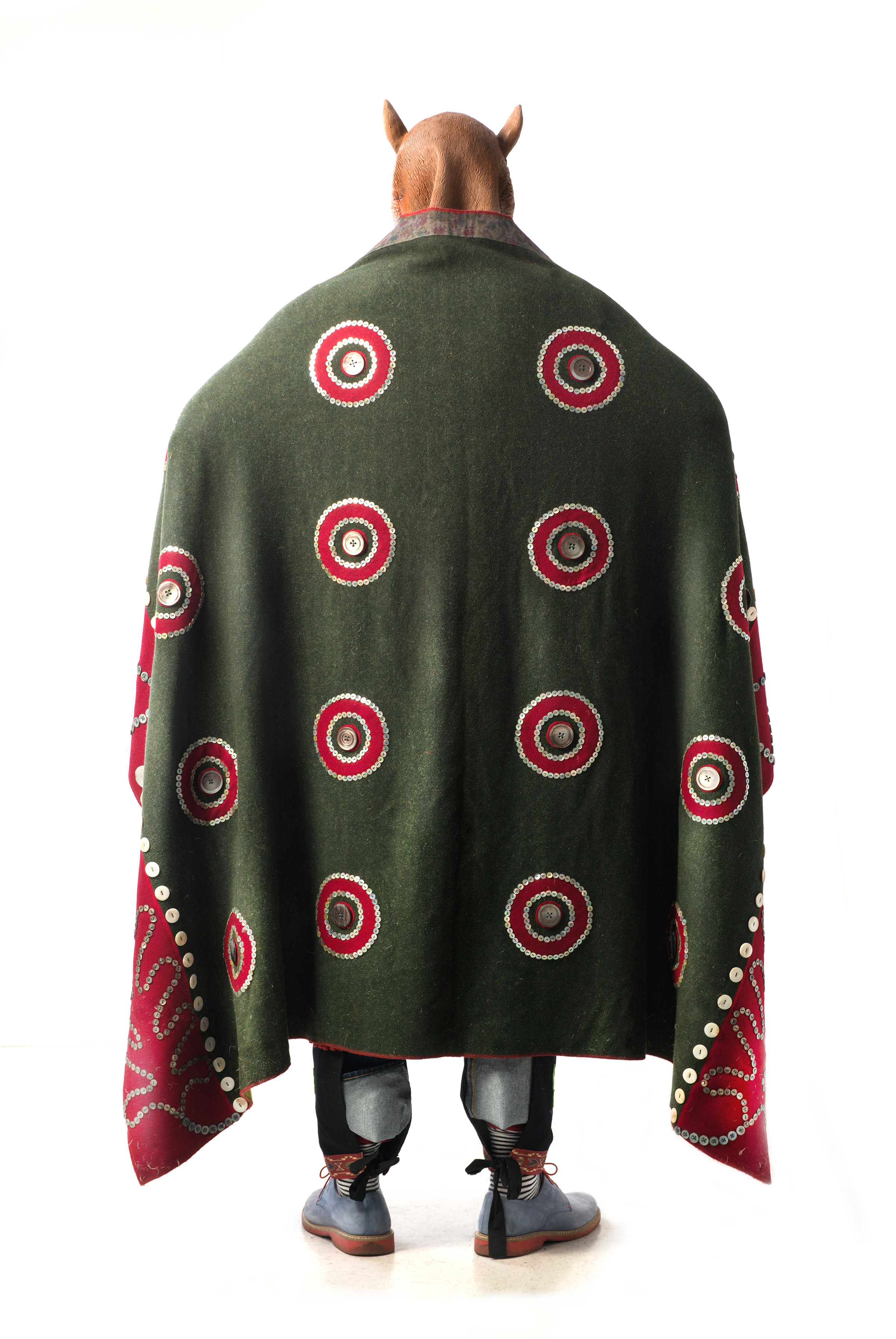
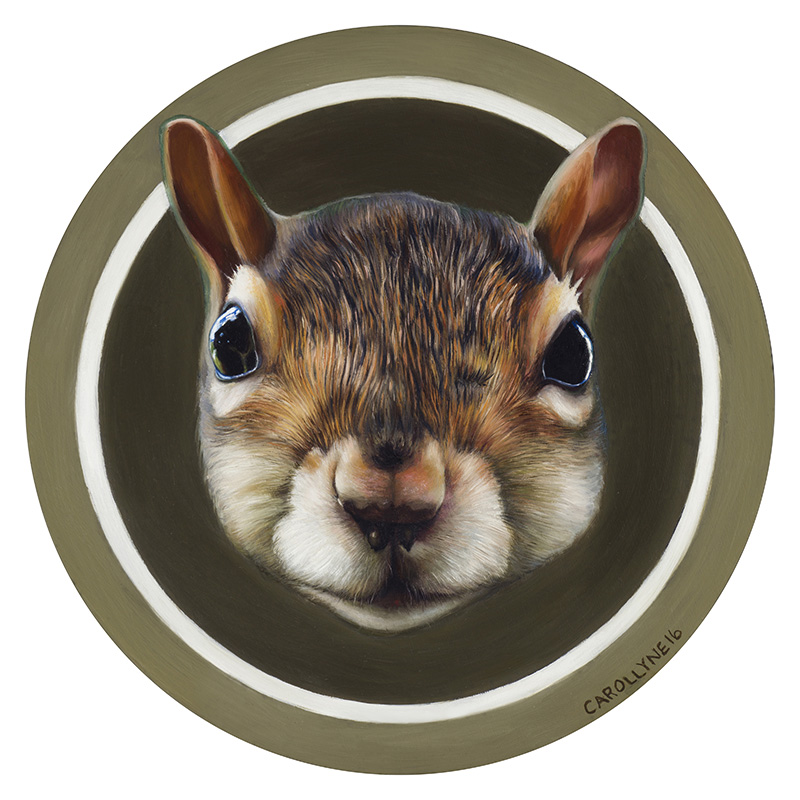
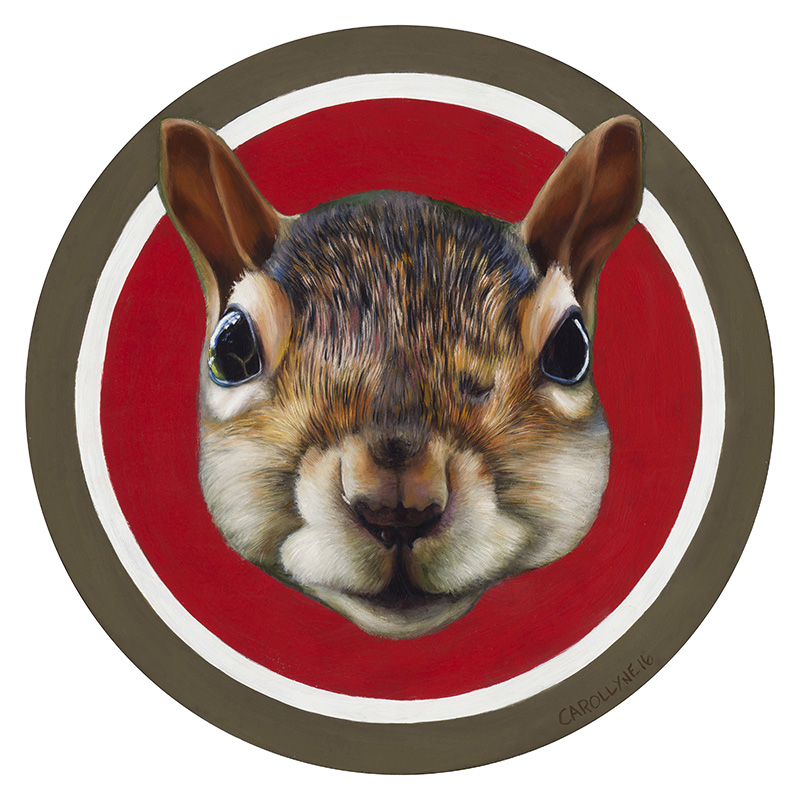
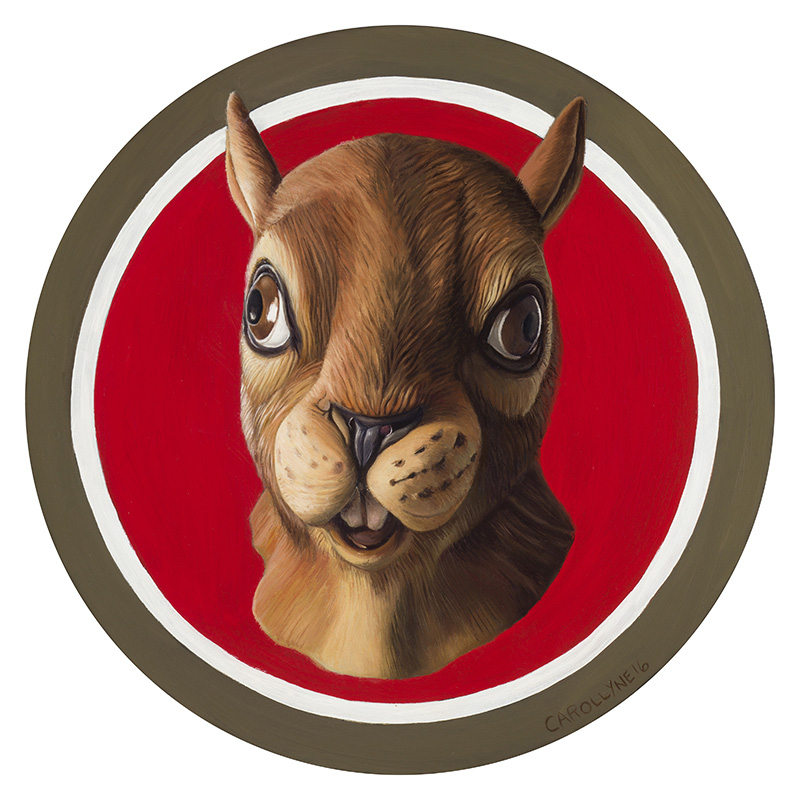
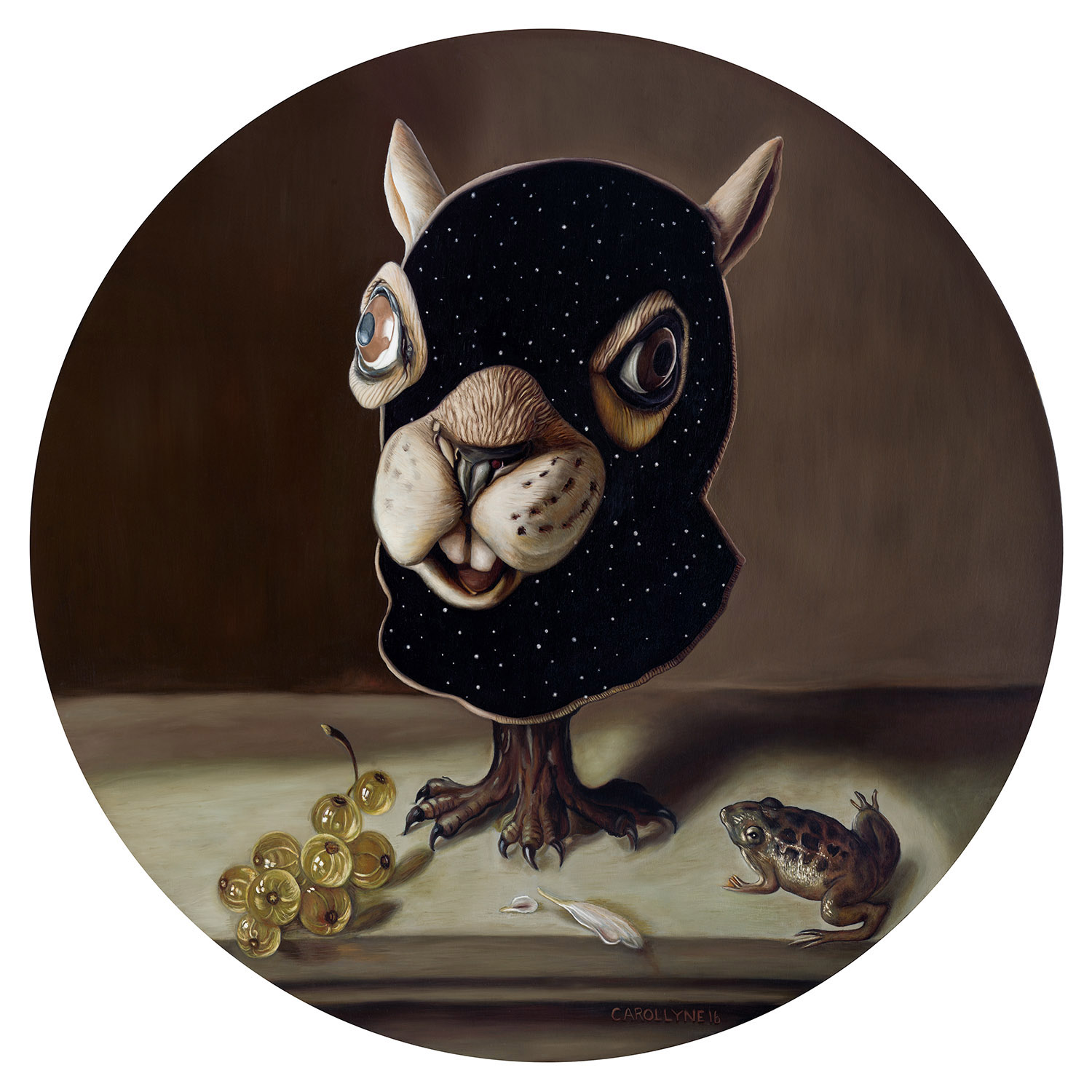

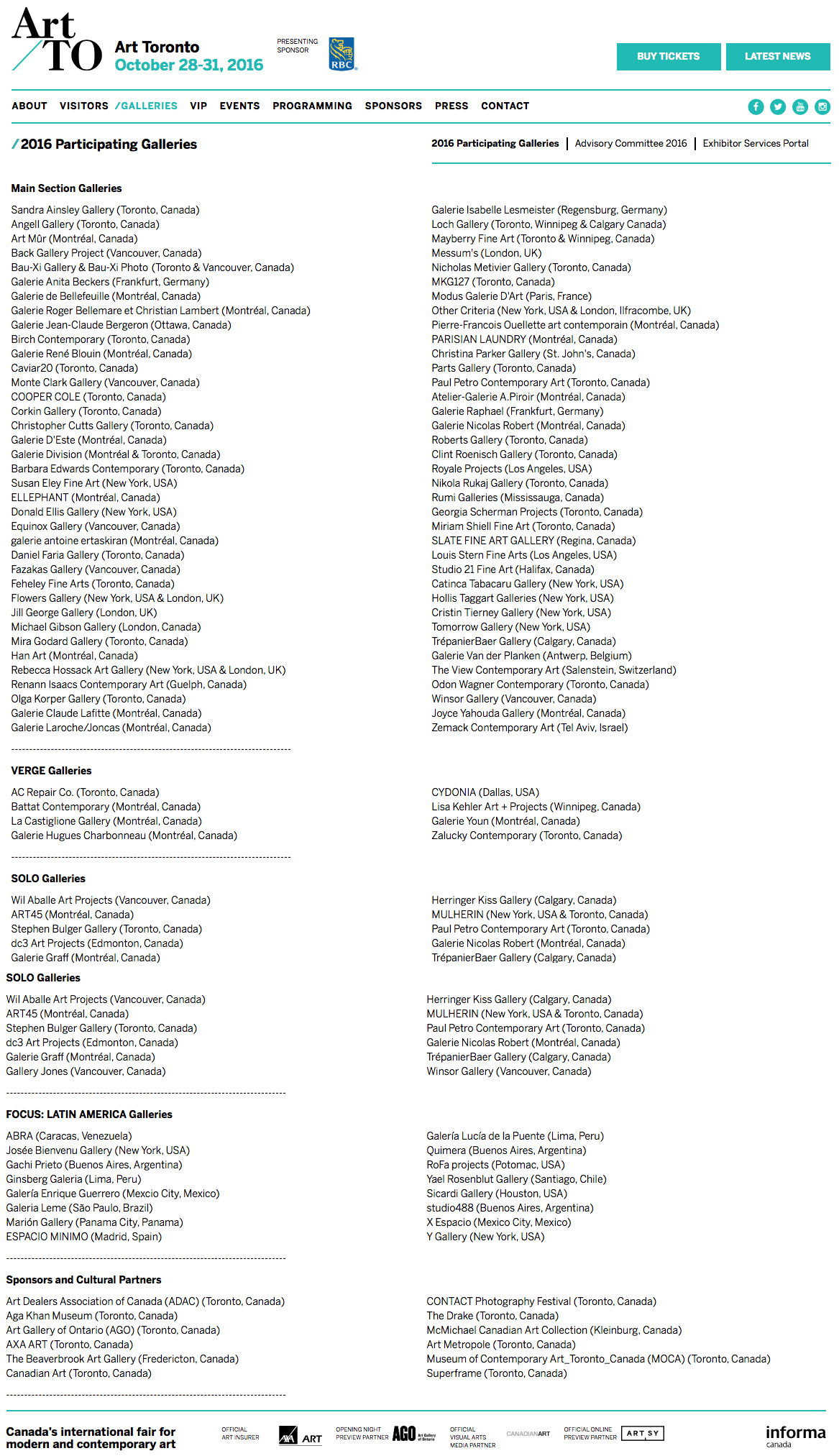
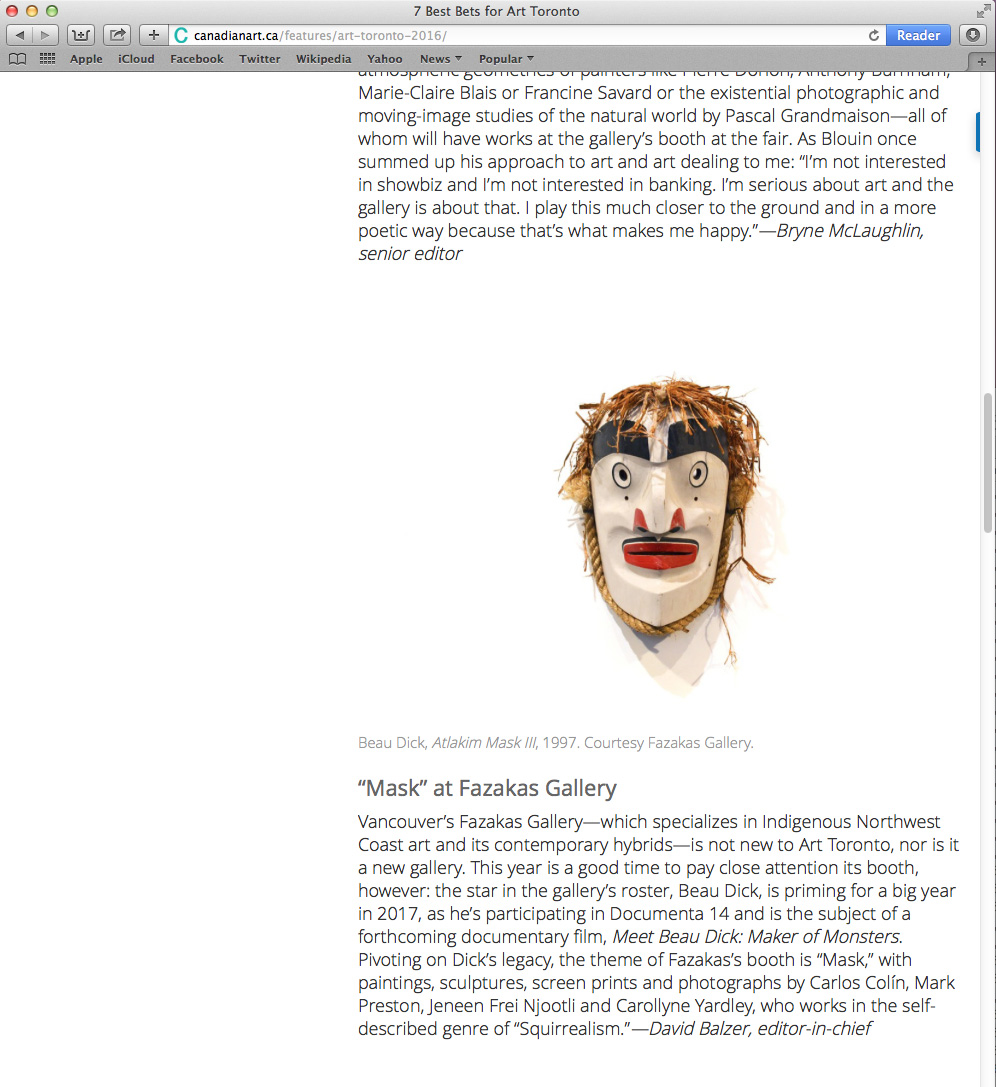
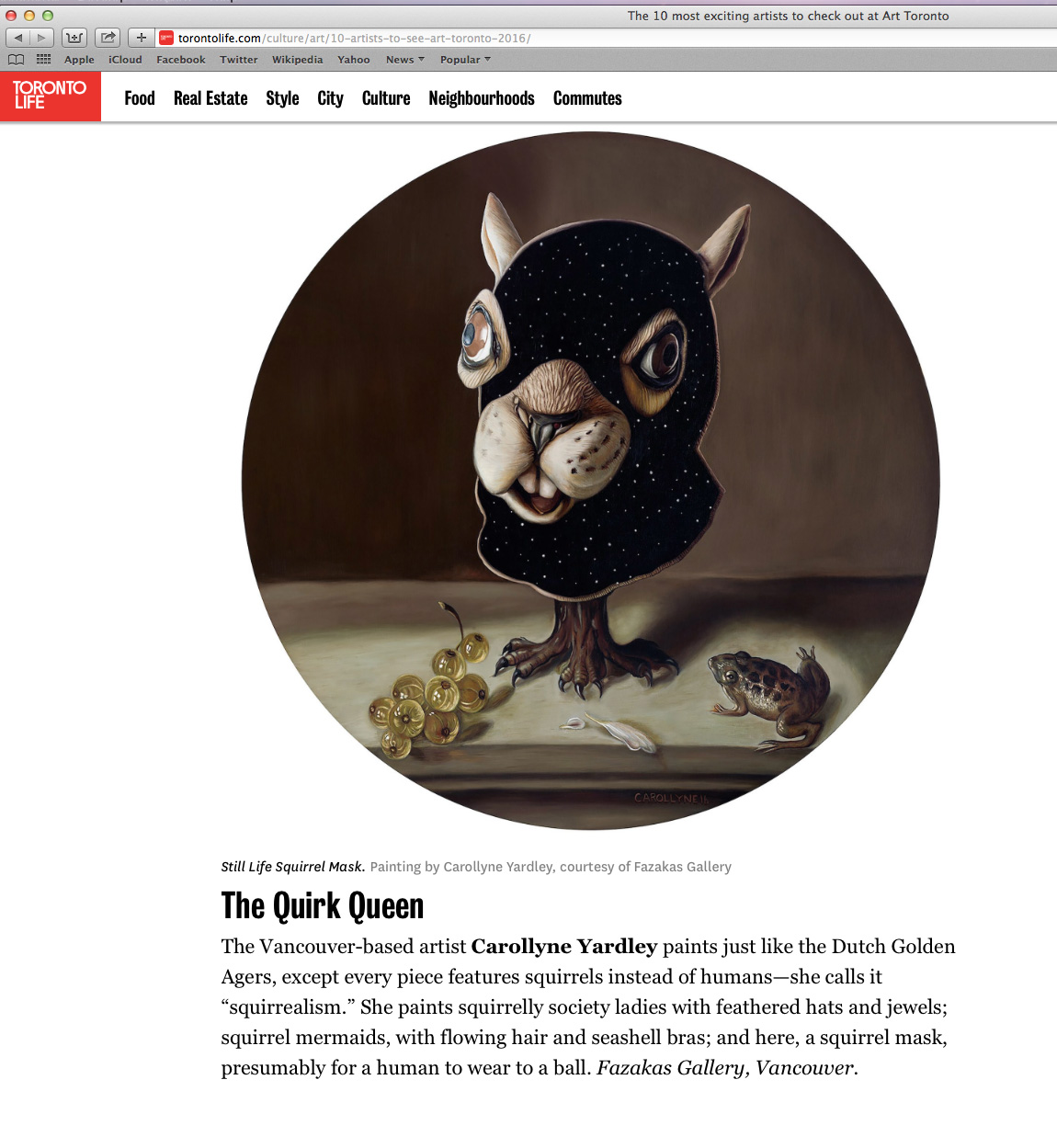
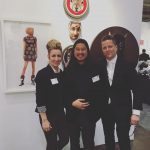
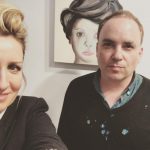
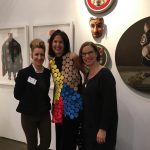
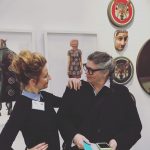
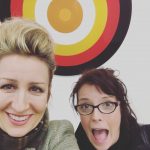
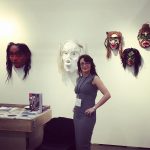
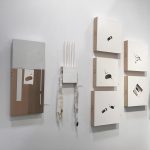
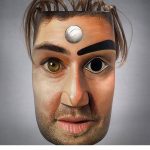
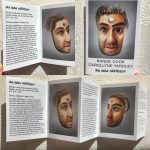
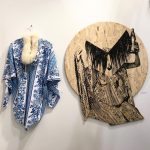
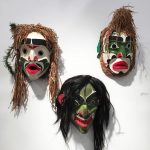
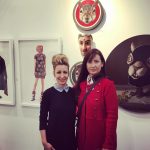
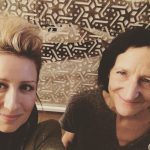

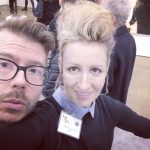

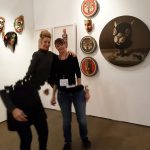
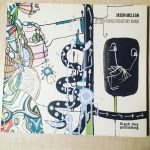
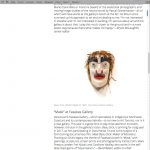
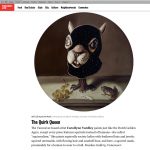
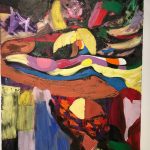
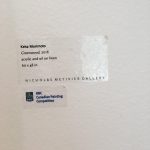
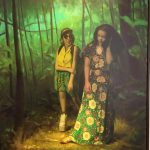
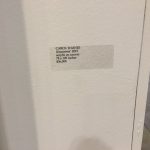
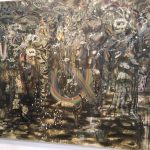
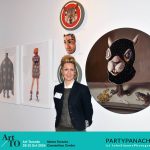
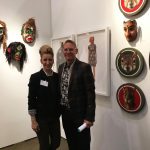
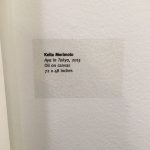
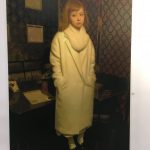
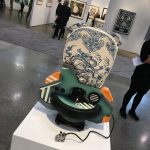
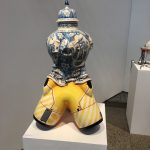
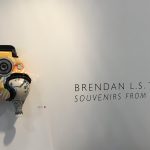
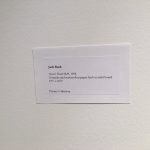
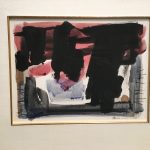
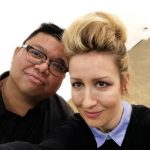
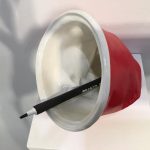
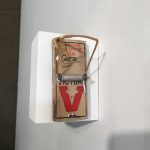
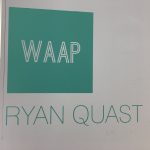
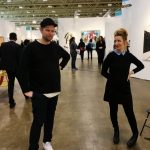
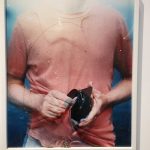
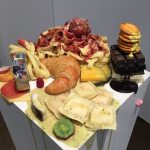
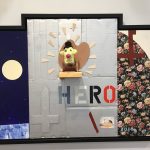
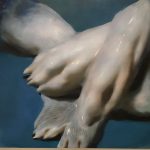
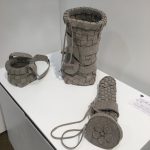
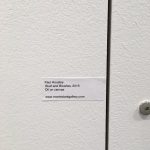
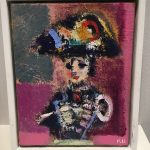
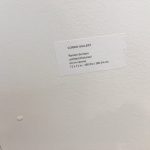
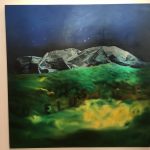
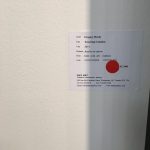
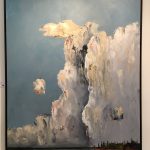
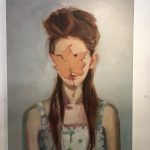
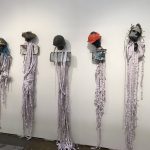
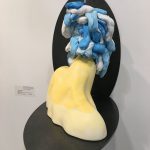
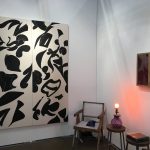
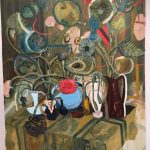
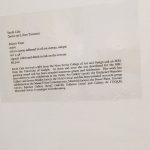
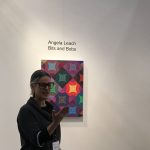
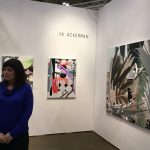

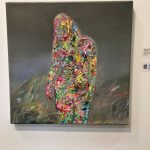
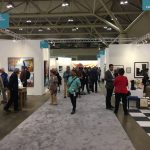
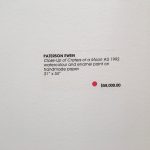
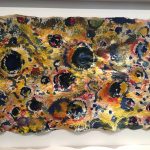
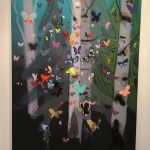
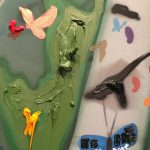
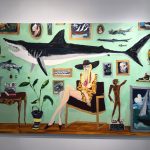
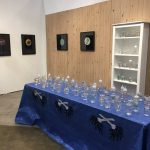
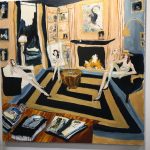
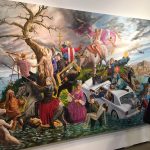
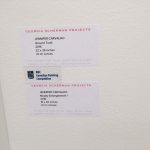
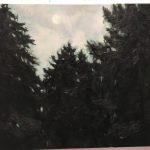
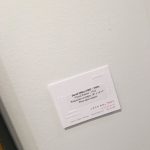
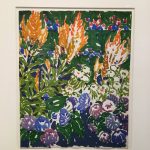
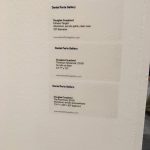
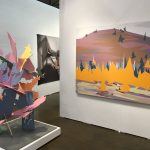
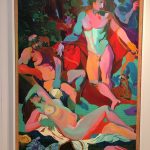
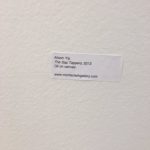
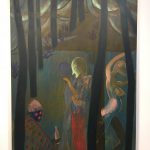
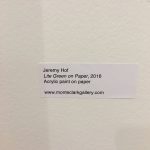
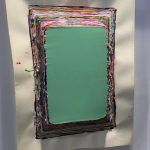
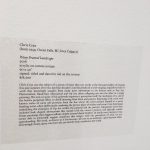
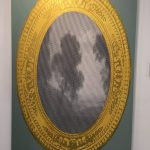
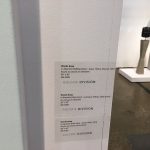
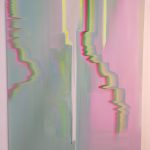
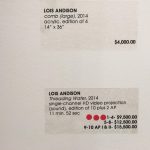
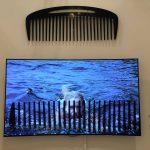
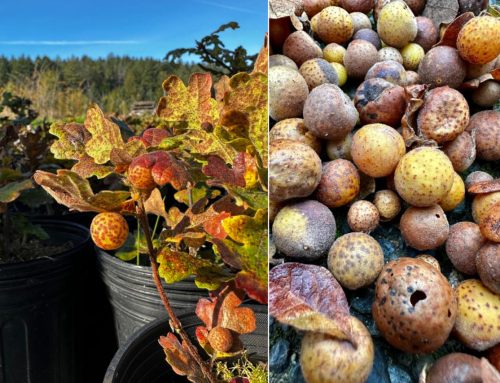

![Squirrealism: Psychometry (IIC) in artistic practice. [Online presentation] International Multispecies Methods Research Symposium, University of Saskatchewan, Saskatoon, Canada.](http://www.carollyne.com/wp-content/uploads/2023/06/Screen-Shot-2023-06-18-at-9.16.32-PM-copy-1-500x383.jpg)
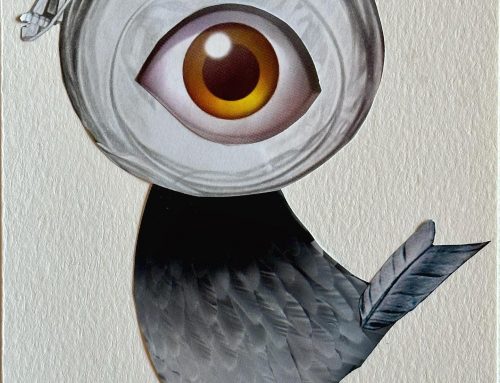
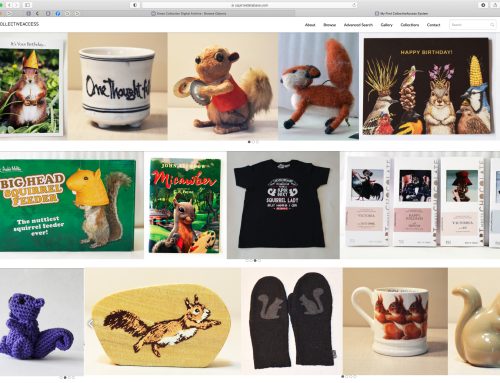

Get Social